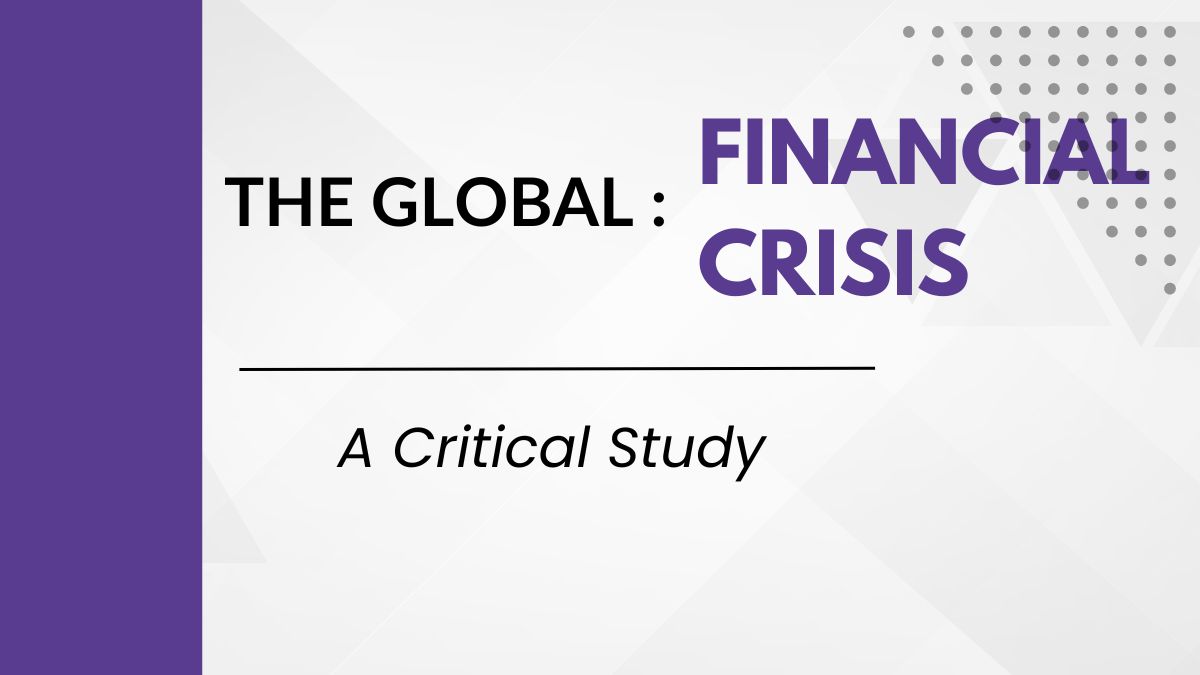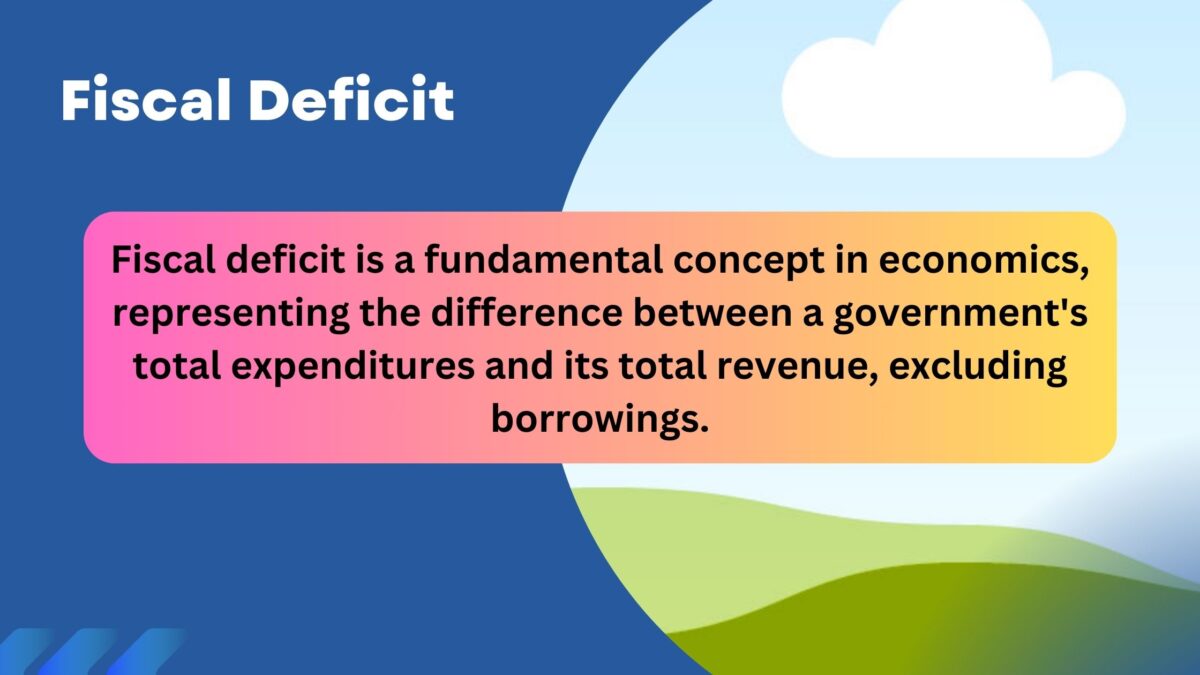The Global Financial Crisis: A Critical Study [2024]

The global financial crisis of 2007-2008 was one of the most significant economic events in modern history. It shook the foundations of the global financial system, leading to widespread economic downturns, bank failures, and severe socio-economic consequences across the world. In this critical study, we will delve into the root causes, contributing factors, and aftermath of the crisis, examining its impact on various sectors, nations, and individuals.
Root Causes of Global Financial Crisis
The roots of the global financial crisis can be traced back to a combination of factors, including deregulation, financial innovation, lax lending standards, and excessive risk-taking by financial institutions.
One of the primary catalysts was the housing market bubble in the United States, fuelled by subprime mortgage lending and the securitization of these risky loans.
Financial institutions, driven by greed and the promise of high returns, engaged in the packaging and selling of mortgage-backed securities without fully assessing the underlying risks.
Contributing Factors: Global Financial Crisis

- Several contributing factors exacerbated the crisis, amplifying its magnitude and spread. The interconnectedness of global financial markets facilitated the rapid transmission of shocks across borders, turning what began as a housing market collapse in the U.S. into a full-blown global financial meltdown.
- Additionally, the proliferation of complex financial instruments, such as collateralized debt obligations (CDOs) and credit default swaps (CDS), obscured the true risks inherent in these securities, leading to widespread mispricing and underestimation of systemic risk.
Policy Failures
The response of policymakers to the unfolding crisis was widely criticized for being reactive rather than proactive. Governments and central banks were slow to recognize the severity of the situation and failed to take decisive action to prevent its escalation.
The rescue efforts that followed were characterized by ad-hoc interventions, bailouts of financial institutions deemed “too big to fail,” and massive injections of liquidity into the financial system. While these measures helped stabilize the immediate crisis, they raised concerns about moral hazard and the long-term sustainability of financial markets.
Impact of Global Financial Crisis
The impact of the global financial crisis was felt across multiple dimensions, with far-reaching consequences for economies, industries, and individuals. In addition to the collapse of major financial institutions such as Lehman Brothers and Bear Stearns, the crisis led to a sharp contraction in economic activity, widespread job losses, and a surge in foreclosures and personal bankruptcies.
Stock markets plummeted, wiping out trillions of dollars in wealth, while governments were forced to implement austerity measures and stimulus packages to shore up faltering economies.
Lessons Learned through the Global Financial Crisis
The global financial crisis served as a wake-up call for policymakers, regulators, and market participants, highlighting the need for greater oversight, transparency, and risk management in the financial sector. It prompted a reassessment of regulatory frameworks and the adoption of reforms aimed at strengthening financial stability and preventing future crises.
Initiatives such as the Dodd-Frank Wall Street Reform and Consumer Protection Act in the United States and the Basel III accord on banking regulation underscored the importance of addressing systemic vulnerabilities and enhancing the resilience of the global financial system.
Conclusion
The global financial crisis of 2007-2008 was a watershed moment in economic history, exposing the fragility and inherent flaws of the modern financial system. While the immediate fallout has subsided, its legacy continues to shape debates around financial regulation, monetary policy, and the role of government in mitigating systemic risk.
As we reflect on the lessons learned from this crisis, it is essential to remain vigilant and proactive in safeguarding against future threats to global financial stability. Only through concerted efforts to address structural weaknesses and promote responsible financial practices can we hope to build a more resilient and inclusive financial system for the future.
Read more:
- Depreciation- Meaning, Definition, Types and Calculation
- Fiscal Deficit- Definition, Calculation and Significance
- Balance of Payments (BoP): Explained
- Balance of Trade: Definition, Measurement and Significance
- Allocative efficiency: Definition, Meaning and Significance
- Automatic stabilizers: Definition, Mechanism and Significance
- Capacity utilization: Definition, Measurement and Utilization






